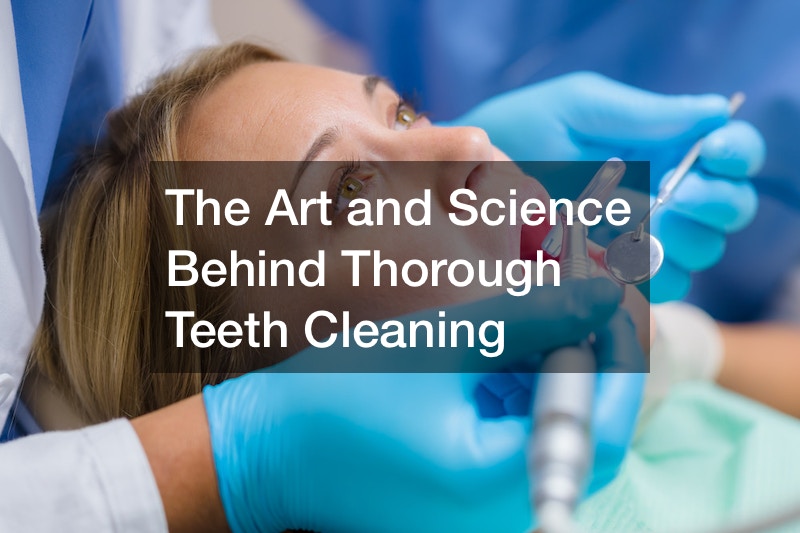
The Art and Science Behind Thorough Teeth Cleaning

Teeth cleaning is an essential aspect of oral health, and understanding the meticulous process involved can shed light on the dedication dental professionals bring to ensure your smile remains healthy and radiant. In this article, we will explore the intricate steps of a routine teeth cleaning, emphasizing the tools and techniques employed by dental hygienists.
At the heart of every dental cleaning is the ultrasonic scaler, a powerful instrument designed to tackle the removal of tartar, plaque, and stains. The ultrasonic scaler, sometimes referred to as a piezo or cavitron, stands out from its traditional counterparts due to the incorporation of water.
This ingenious combination of ultrasonic vibrations and high-pressurized water creates a dynamic tool that efficiently eliminates buildup, ensuring a thorough cleaning process.
Dental hygienists, armed with the ultrasonic scaler, navigate through each patient’s unique needs. The scaler’s settings are adjusted based on the extent of buildup, with lower settings delicately addressing slight accumulations and higher settings tackling more substantial plaque and tartar deposits. This level of customization ensures that every patient receives personalized care, a hallmark of effective teeth cleaning.
Following the ultrasonic scaler, dental hygienists transition to hand scalers, recognizing the nuances of anterior and posterior teeth. These specialized instruments cater to different surfaces, allowing for a comprehensive cleaning experience. The goal is to meticulously clean every single surface of every tooth, ensuring that no area is overlooked in the pursuit of optimal oral hygiene.
A critical aspect often overlooked is the variety of instruments used. Posterior instruments, with their distinct curves, differ from their anterior counterparts. This specificity in instrument choice showcases the precision and expertise dental hygienists bring to their profession. Scalers, with their pointed design, are contrasted with curettes, offering versatility in the cleaning process.
Once the surfaces are thoroughly cleaned, the next step involves polishing. Dental professionals employ various methods, including paste polish and air polishers. The latter, akin to a flavorful breeze of baking soda, adds a touch of novelty to the process. The polishing not only contributes to a smoother tooth surface but also offers aesthetic benefits. Understanding the reasons behind polishing, including its role in maintaining oral health, adds depth to the teeth cleaning experience.
The article wouldn’t be complete without emphasizing the significance of flossing. Dental hygienists ensure that all the ‘crunchy stuff’ is removed, providing a final touch to the cleaning process. Flossing not only aids in eliminating residual particles but also serves as a valuable examination tool, allowing hygienists to assess contact points between teeth.
Beyond the visible cleaning procedures, dental hygienists play a crucial role in oral health examinations. An oral cancer screening, conducted towards the end of the cleaning session, involves a thorough check of the sides and underneath the tongue. This proactive approach ensures the early detection of any suspicious lumps or bumps, contributing to overall health and well-being.
In conclusion, teeth cleaning is a multifaceted process that goes beyond the surface-level sparkle of a polished smile. The amalgamation of ultrasonic scalers, hand instruments, polishing techniques, and diligent flossing culminates in a comprehensive dental cleaning experience. The expertise and commitment of dental hygienists in navigating this process underscore the importance of regular dental check-ups for maintaining optimal oral health. So, the next time you undergo a teeth cleaning, appreciate the meticulous steps involved in ensuring your smile stays bright, healthy, and free from the burdens of plaque and tartar.
.



